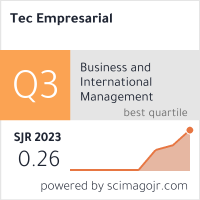THE VITAL ROLE OF MEDICAL LABORATORIES IN MODERN HEALTHCARE: FROM DIAGNOSIS TO TREATMENT
Keywords:
Clinical laboratory * Hematology * Immunochemistry * Real-time PCR * Sample management * Microbiology * Laboratory automationAbstract
The latest innovations in clinical biochemistry, immunology, hematology, and microbiology are reviewed. Recent breakthroughs in laboratory medicine have improved the precision and accuracy of disease controls, added analytical methods or alternatives to older methods, and upgraded auto-analyzer technology. Despite there being too many examples to heap praise on each one separately, the findings of their analysis should be shared for the appearance of a new generation of transformative laboratory medicine, the professionals working behind them, and rationale that might compel others to pursue better ways to deliver analogous health care in their communities (Avivar, 2012). A new breed of clinical biochemistry, immunochemistry, and immunoassay auto-analyzers with increased throughput and random access capabilities is emphasized. The proof of their cost-effectiveness and their financial advantages over less capable analyzers are highlighted. The argument is made that this has led to a more confident profession through a significant increase in quality, output, and assurance. The improvements of an equally high standard in the Hematology laboratory are highlighted (Strain & H. Ravalico, 2021). Recent innovation initiatives in clinical microbiology that transcend instruments, equipment, and methodologies are presented. For all its past glory and by any meaningful measure, the clinical microbiology laboratory arguably is and has now been the Cinderella of laboratory medicine. The rate of growth or sophistication of clinical microbiology laboratory systems and methods falls far short of that observed in the larger fields of chemistry or cytopathology. Nonetheless, there are now signs of things starting to improve in the world of clinical microbiology. Throughout, the main objective is to provide insight into and encouragement for the pursuit of newer laboratory approaches for the growing and studious populations of laboratory medicine professionals.






